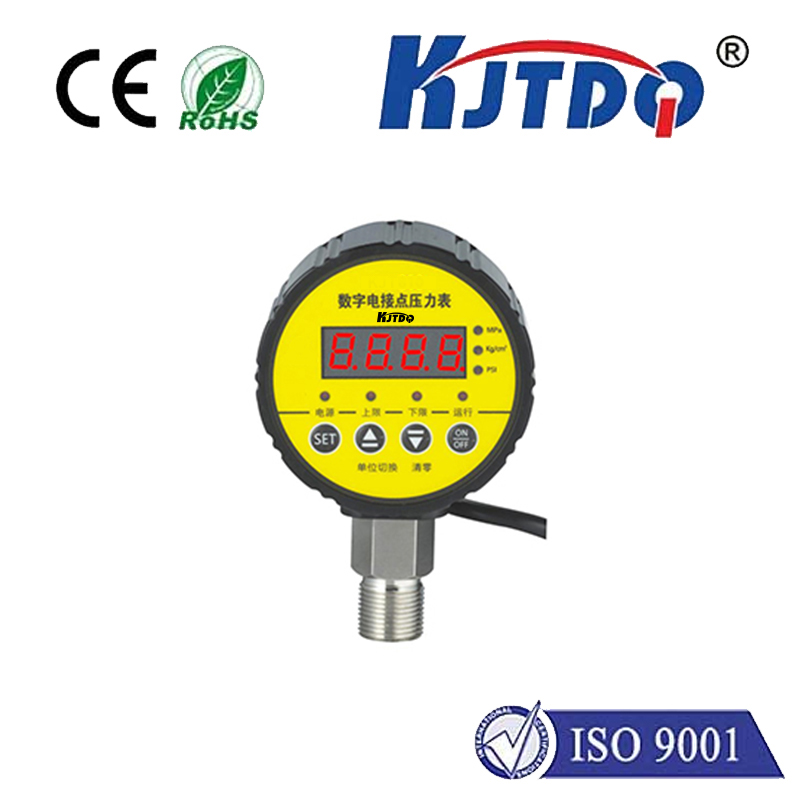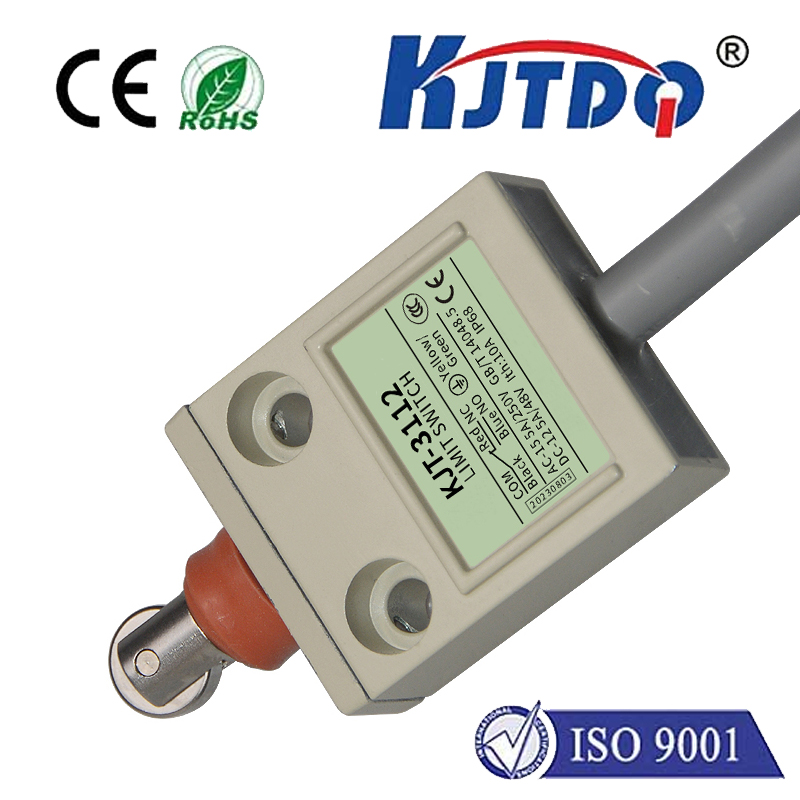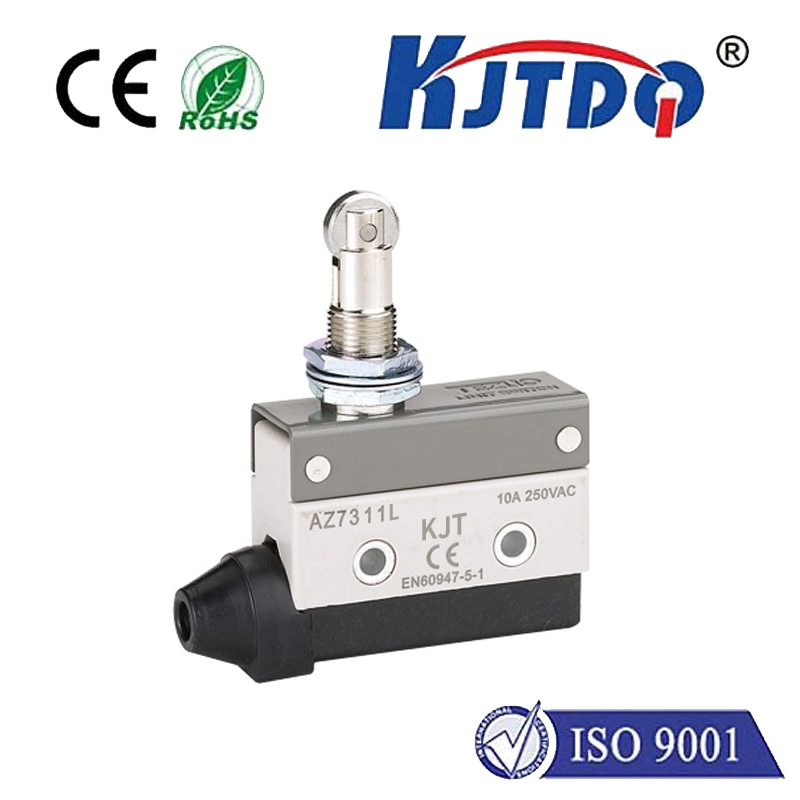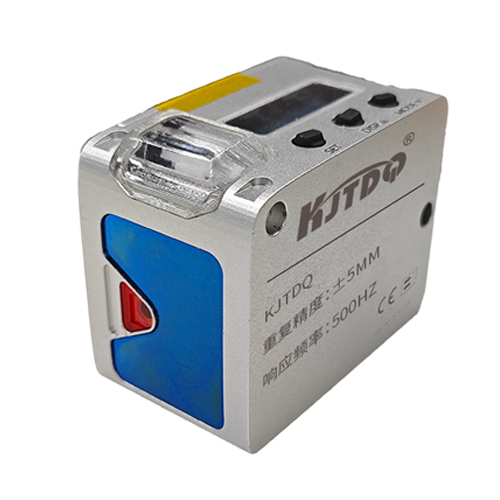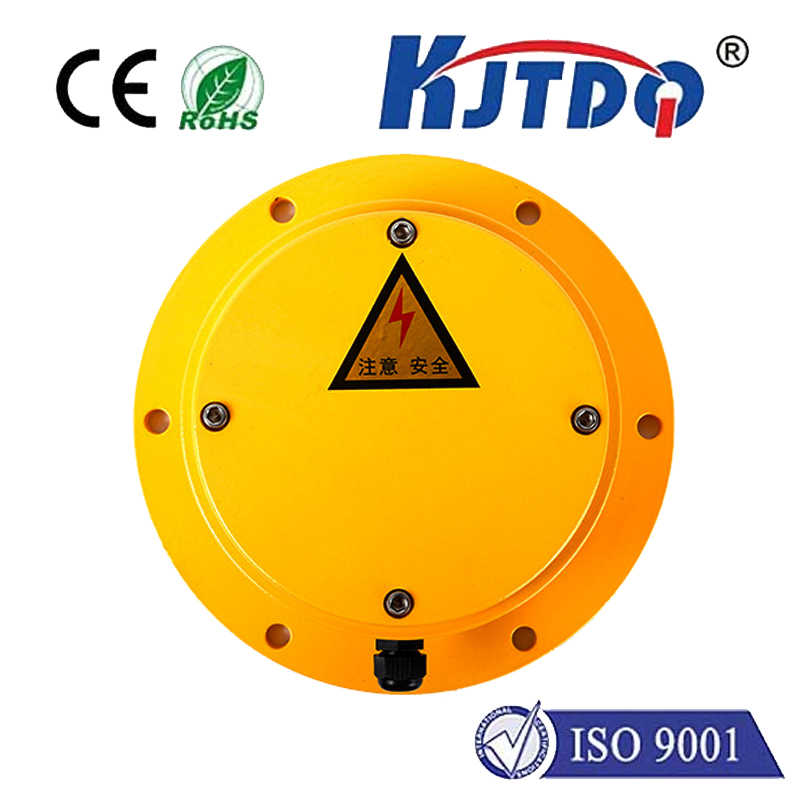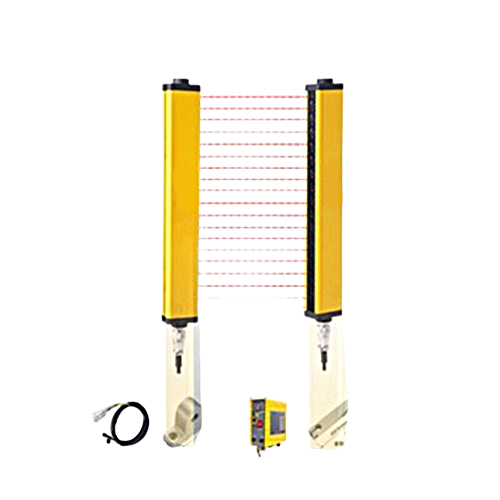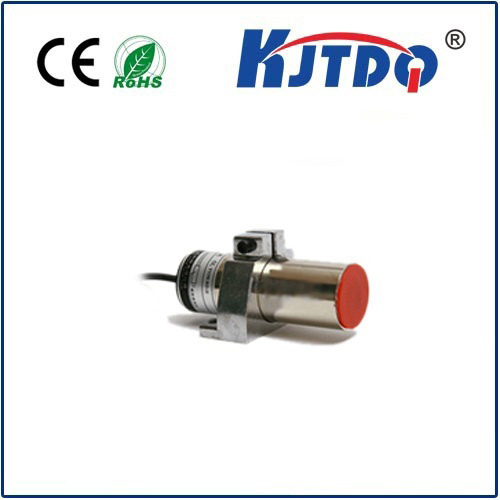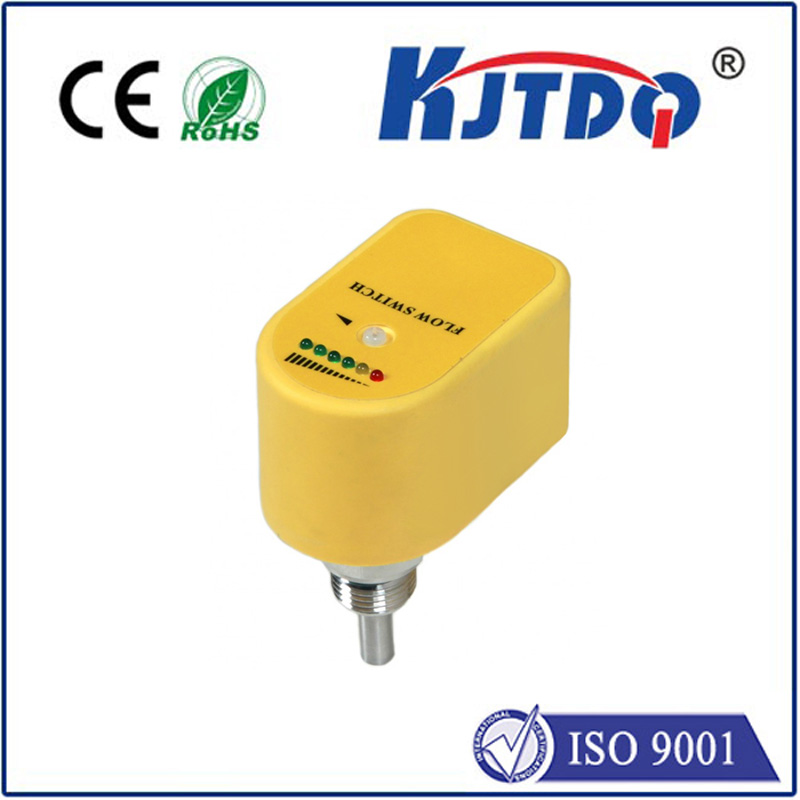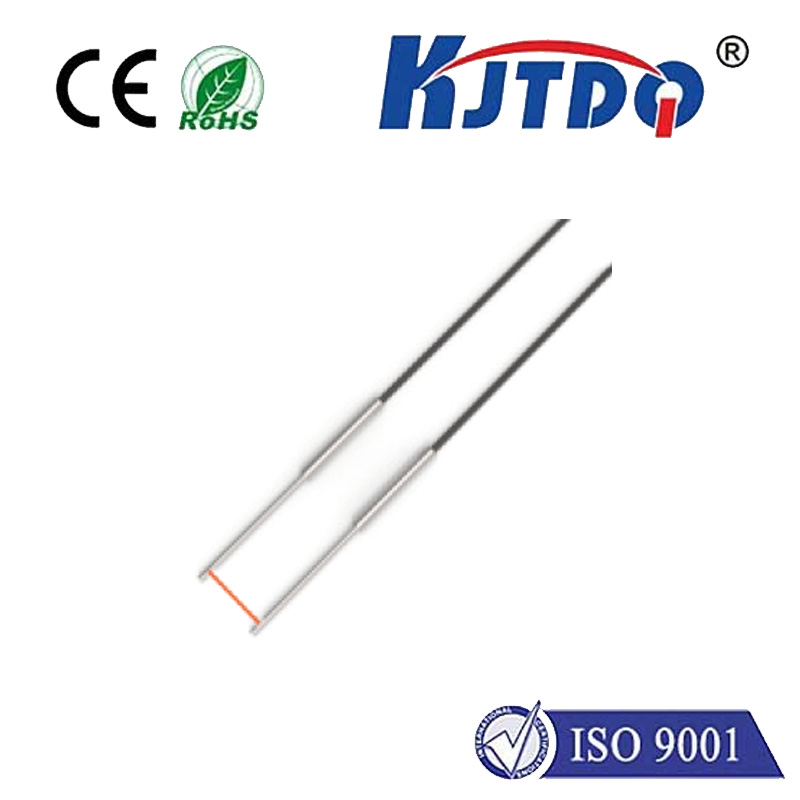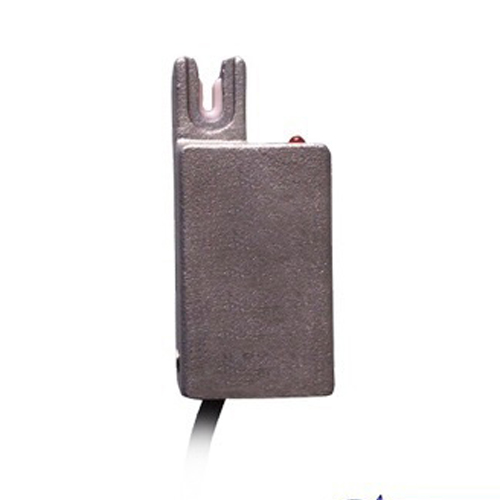

check

check

check

check

check

check

check

check

check

check
Imagine a sensor so sensitive it can detect the whisper-thin vibrations of a bridge or the subtle pressure changes inside a jet engine. Welcome to the world of Fiber Optic Fabry-Perot (FFP) sensors, a transformative technology harnessing the fundamental physics of light interference to deliver unparalleled precision across demanding environments. Unlike conventional electronic sensors struggling with noise and harsh conditions, FFP sensors leverage the power of optics, offering a unique combination of sensitivity, resilience, and versatility that’s reshaping industrial monitoring, scientific research, and medical diagnostics.
Demystifying the Fabry-Perot Principle
At the heart of every FFP sensor lies the Fabry-Perot interferometer (FPI). Conceptually simple yet profoundly powerful, an FPI consists essentially of two partially reflective mirrors facing each other, creating a resonant cavity. When light enters this cavity, it bounces back and forth between the mirrors. Light waves that match the cavity’s specific resonant wavelengths (where the round-trip path length is an integer multiple of the wavelength) constructively interfere, building in intensity. Wavelengths that don’t match destructively interfere and are suppressed. This creates a distinctive comb-like pattern of transmission peaks versus wavelength, known as the interference spectrum.
How Does an FFP Sensor Work?
Fiber Optic Fabry-Perot sensors integrate this interferometric principle directly into optical fibers:
Light Interaction: Broadband light (or a tunable laser) is launched down the fiber towards the Fabry-Perot cavity. Light entering the cavity undergoes multiple reflections.

Cavity Length is Key: The physical distance between the two reflective surfaces defines the cavity length (L). This length is the critical parameter that determines the specific wavelengths that undergo constructive interference and form the transmission peaks in the spectrum.
The Sensing Mechanism: The physical parameter being measured (e.g., pressure, temperature, strain, displacement, vibration, refractive index) intentionally alters the cavity length (L). For instance:
L.L.L.Interference Pattern Shift: Any change in cavity length (ΔL) causes a proportional shift (Δλ) in the wavelengths of the interference peaks within the spectrum. A longer cavity shifts the peaks towards longer wavelengths (red-shift), a shorter cavity shifts them towards shorter wavelengths (blue-shift).
Interrogation and Detection: An optical interrogator analyzes the reflected or transmitted light spectrum from the sensor. Sophisticated algorithms precisely track the shift in the peak wavelengths (Δλ). By knowing the calibrated relationship between Δλ and the change in the physical parameter (ΔP, ΔT, Δε), the sensor output is determined with high accuracy. Common interrogation techniques include white-light interferometry (WLI), laser tuning, and scanning FPI filters.
Why FFP Sensors? Compelling Advantages
The unique structure and operating principle of fiber optic Fabry-Perot sensors bestow significant advantages:
Where FFP Sensors Shine: Key Applications
The unique blend of properties makes FFP sensors indispensable in numerous fields:
Considerations and Limitations
While powerful, FFP sensors aren’t a universal solution:
The Future is Bright
Fiber Optic Fabry-Perot sensor technology continues to evolve rapidly. Advancements focus on enhanced multiplexing capabilities for denser sensor networks, development of specialized high-temperature and ultra-miniature probes, improved signal demodulation techniques for lower costs and higher speeds, and novel materials for extreme environments. The core advantages of EMI immunity, intrinsic safety, high sensitivity, and remote operation ensure Fabry-Perot interferometer sensors remain at the forefront of precise measurement solutions, illuminating the path towards smarter infrastructure, safer industrial processes, and deeper scientific understanding. Their ability to turn subtle physical changes into clear optical signals makes them a fundamental tool in the modern sensing landscape.
